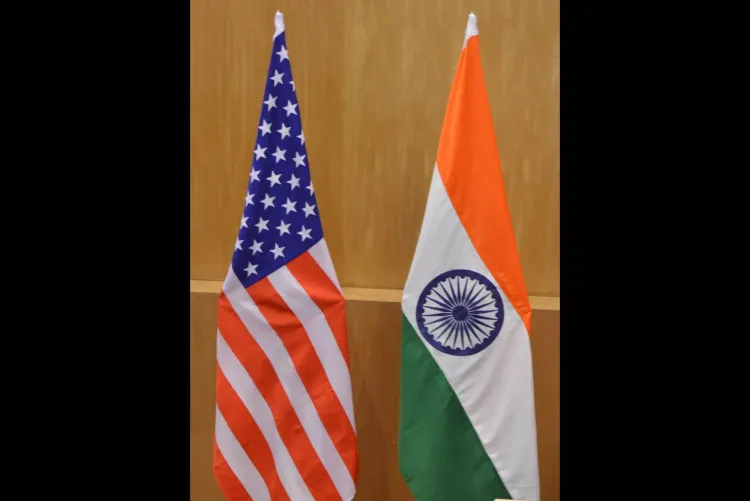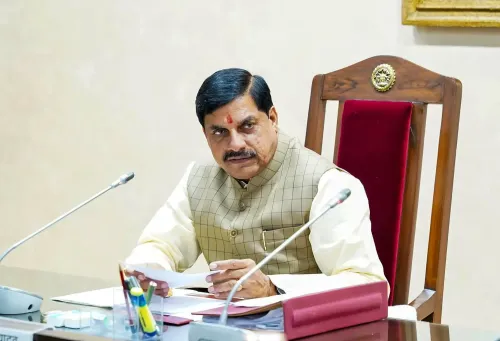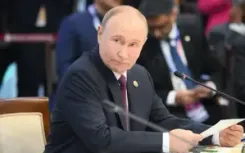Will India and the US Sign an Interim Trade Agreement This Week?

Synopsis
Key Takeaways
- India is negotiating an interim trade agreement with the US.
- High-level discussions are ongoing in Washington.
- The interim deal aims to avert tariff hikes on Indian exports.
- Negotiations may pave the way for a larger free trade agreement.
- Trade relations reached $129 billion in 2024.
New Delhi, July 1 (NationPress) India is poised to finalize an interim trade agreement with the US as soon as this week to avoid the impending tariff increases on its exports suggested by President Donald Trump, as reported by the Financial Times.
The team representing India, led by Special Secretary Rajesh Agarwal, is currently engaged in high-level discussions in Washington to wrap up the bilateral trade agreement.
During this period, External Affairs Minister S Jaishankar is anticipated to have direct discussions with his US counterpart, Marco Rubio, either on Tuesday or Wednesday amidst a meeting in Washington, according to the report.
This interim trade agreement serves as an initial measure towards a comprehensive bilateral free trade agreement between India and the US.
Negotiators from both nations are striving to conclude this interim trade deal ahead of the July 9 deadline established by President Trump, which marks a 90-day pause on new tariffs aimed at Indian products.
Following this interim deal, discussions for a larger trade agreement are projected to continue, with a signing expected in September or October.
The US is advocating for broader market access for its agricultural and dairy products, but for India, this matter is critical for the livelihood of small farmers, making it a sensitive topic.
India may permit the import of certain agricultural products like almonds, which are already being imported. In return, India is likely to seek enhanced access to the US market for seafood products, including shrimp and fish, along with spices, coffee, and rubber—areas where Indian exporters are globally competitive but face tariff challenges in the American market.
India has begun increasing its purchases of oil and gas from the US to mitigate the trade surplus, and has expressed willingness to boost these imports.
India has proposed substantial tariff reductions, potentially reducing average duties from 13 percent to 4 percent, in exchange for exemptions from US tariff increases imposed during Trump's administration. These concessions align with those offered in India's recent free trade agreement with the United Kingdom.
India is aiming for market access for its industrial products, including steel, aluminium, auto components, and pharmaceuticals. Recently, the US doubled safeguard duties on steel and aluminium imports to 50 percent, adversely affecting India's exports. While India has approached the WTO regarding this issue, it hopes to resolve it through the bilateral trade agreement.
Trade between India and the US reached $129 billion in 2024, with New Delhi recording a trade surplus of $45.7 billion.
In February, Prime Minister Narendra Modi and Trump unveiled 'Mission 500', an initiative to double bilateral trade to $500 billion by 2030. This joint decision was announced during PM Modi’s visit to Washington.









